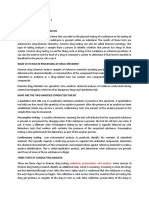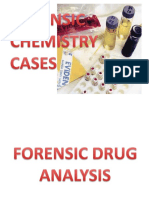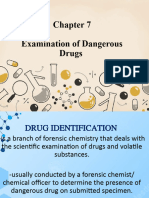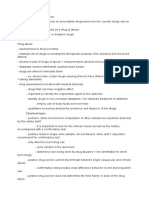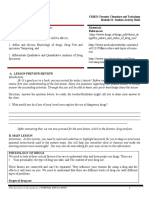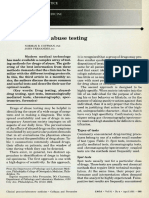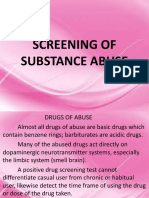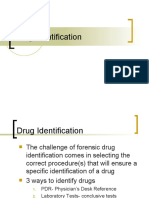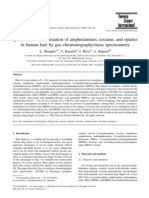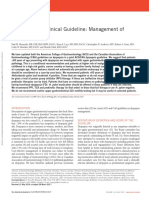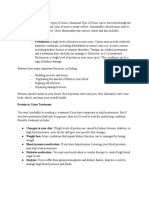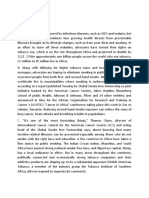0% found this document useful (0 votes)
14 views46 pagesForensic 4
Chapter 5 covers forensic drug analysis, detailing its role in processing drug specimens and the methods for qualitative and quantitative analysis. It discusses various testing techniques, including chemical tests, confirmatory tests, and the importance of accurate reporting. Additionally, it explores drug dependency, metabolism, and the psychological effects of drug use.
Uploaded by
Casio JhonCopyright
© © All Rights Reserved
We take content rights seriously. If you suspect this is your content, claim it here.
Available Formats
Download as PDF, TXT or read online on Scribd
0% found this document useful (0 votes)
14 views46 pagesForensic 4
Chapter 5 covers forensic drug analysis, detailing its role in processing drug specimens and the methods for qualitative and quantitative analysis. It discusses various testing techniques, including chemical tests, confirmatory tests, and the importance of accurate reporting. Additionally, it explores drug dependency, metabolism, and the psychological effects of drug use.
Uploaded by
Casio JhonCopyright
© © All Rights Reserved
We take content rights seriously. If you suspect this is your content, claim it here.
Available Formats
Download as PDF, TXT or read online on Scribd
/ 46

